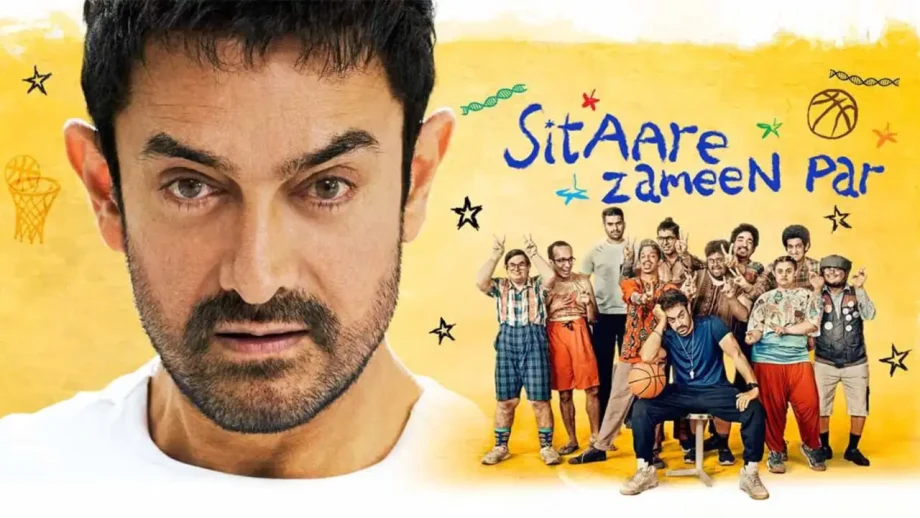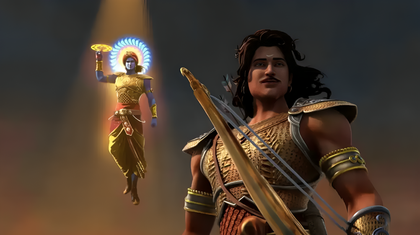Aamir Khan is once again making headlines, but this time not for a record-breaking movie or an unconventional role. His latest move to digitally release Sitaare Zameen Par on YouTube through a pay-per-view model has stirred up a wave of curiosity, confusion, and criticism across the entertainment industry.

Releasing August 1, the film will cost viewers ₹100 to watch, marking the actor’s ambitious attempt at launching what he calls Janta Ka Theatre. Aimed at increasing accessibility across India’s Tier 2 and Tier 3 cities, Aamir is betting on the power of UPI payments and mobile-first audiences to bring cinematic storytelling directly into the hands of the masses.
But here’s where things get murky.
Just weeks ago, Aamir was adamantly vocal about his disappointment with OTT platforms and how they have been slowly eating into the theatrical experience. He went so far as to reject lucrative OTT deals in favor of a pure theatrical release. So why pivot to a digital platform like YouTube, and why now?
According to Aamir, only a tiny percentage of India’s population regularly watches films in theatres. He believes YouTube’s reach and simplicity make it the best way to democratize cinema. And he isn’t wrong. India’s digital landscape has grown rapidly, with rural and small-town audiences now wielding smartphones and internet access like never before.

However, many critics and fans have pointed out the contradictions in his strategy. YouTube, though not a subscription-based OTT service, is still a digital platform. Charging ₹100 for a film that has already exhausted its theatrical buzz and failed to spark critical excitement feels like a halfway attempt at innovation. It is not free like traditional YouTube content, nor is it bundled like an OTT package.
And let’s not forget that Sitaare Zameen Par is not a revolutionary film. It’s a remake of the Spanish movie Champions, and while it had a decent box office run, it did not generate lasting conversation or exceptional reviews. Its ₹261 crore collection is impressive on paper, but not enough to seal its place among Khan’s most celebrated works.
So, the question stands. Is this digital detour a visionary model to reshape film distribution in India, or a last-minute move to squeeze out whatever revenue is left? The pay-per-view model is still untested in India on this scale, especially for films that are not universally praised or blockbuster events.
Audiences today are spoiled for choice. With streaming platforms offering premium content at the click of a button, viewers are more conscious than ever about what they pay for. In that context, will they pay ₹100 for a movie that has already run its course?
The success or failure of Aamir’s Janta Ka Theatre will likely influence how many filmmakers view YouTube as a distribution model going forward. If this works, it could open up a new path for mid-budget films and regional cinema. But if it fails, it may only serve as a reminder that innovation without insight is just another shot in the dark.
For more updates, reviews, and behind-the-scenes stories, follow Binge Moves on Instagram and Facebook.










